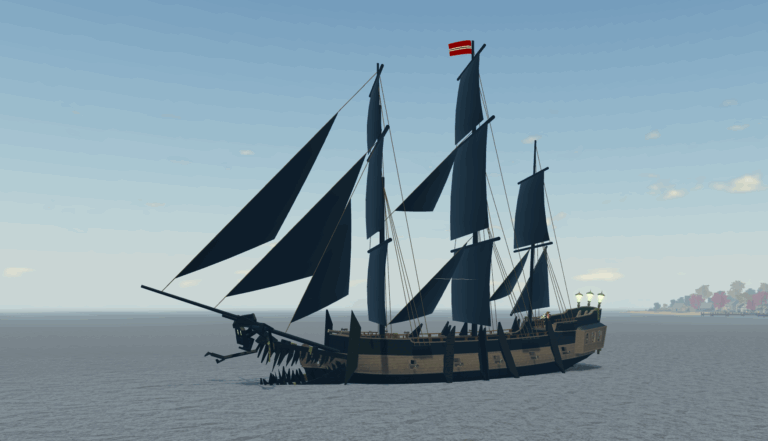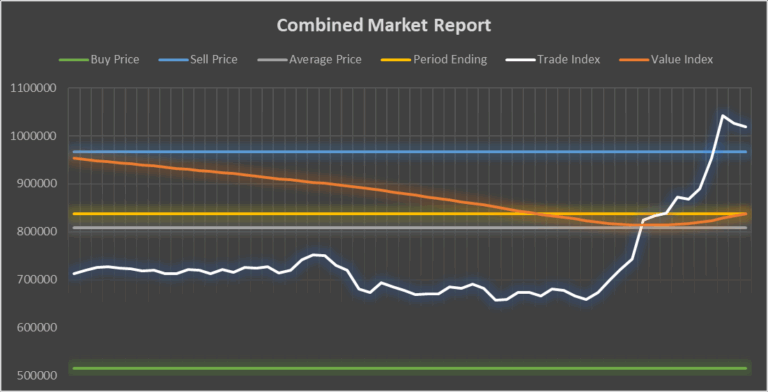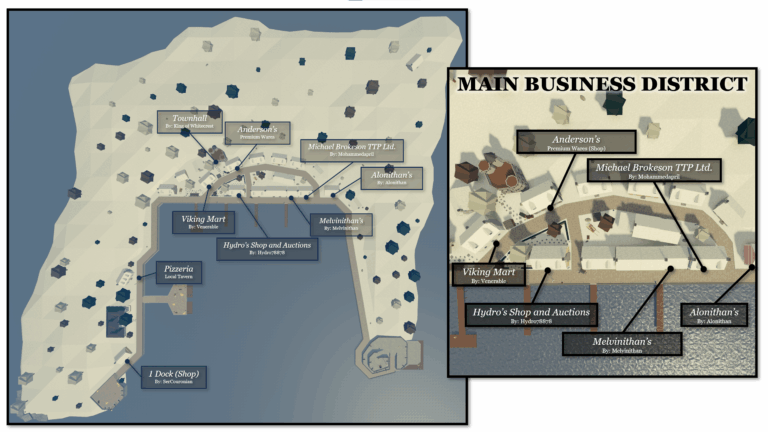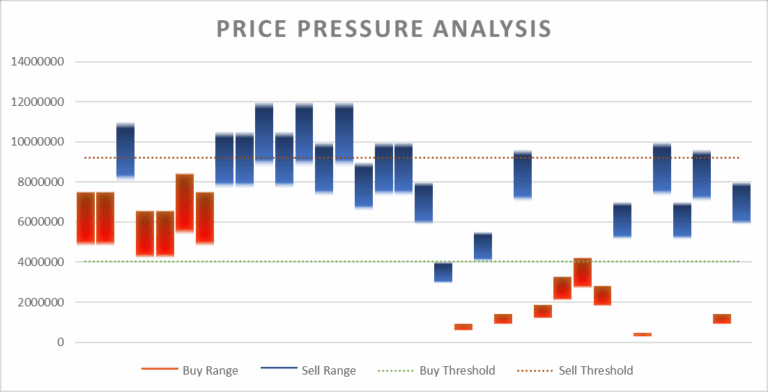The Iron Price Dilemma
Iron’s current stock market price is $204.10 which sparked discussion among players who claim Robux purchases (outside the game’s economy) of iron are killing the in-game economy. Yesterday, the developer for Tradelands responded to the state of the economy and specifically addressed this concern. Per his comment, the in-game iron prices are driven by the amount of resource gathering (or lack thereof), not outside purchases, and therefore does not require developer intervention at this time.
Let’s do a deep dive into the developer’s comment and determine if the data supports his statement.
First, let’s look at the heart of the issue. This time last year (2021), Iron traded between $67.86 to $76.89 with clear upward momentum visible on the value index. I checked the current GISE prices and found iron currently sells between $195.18 and $208.91 per piece. The player community, especially returning players, believe the current price for iron is too high and the developer should move prices back to their 2020 values.
2021 Iron Index
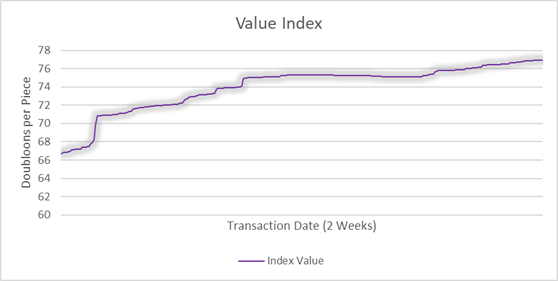
2022 Iron Index
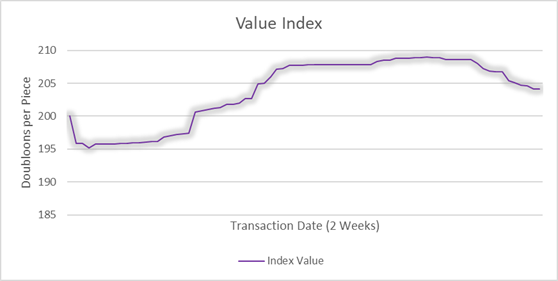
Based on this data, the argument from the player base is correct. Iron prices have significantly risen over the past year. So, what did the development team have to say about this?
 Accurate but Misleading
Accurate but Misleading
The comment above is the statement made by Nahr, the lead developer for Tradelands. At first glance, I would define this comment is accurate but misleading. I’ve already posted the 2021 Mining Statistics on a previous post. His comment is accurate in that using high quality materials will improve your drop percentages of quality materials. The mining statistics support this as accurate.
Where this gets misleading is when you consider the percentage change is only around 2% to 5%. In practice, this results in just one or two additional drops of that resource per pickaxe used. This percentage change isn’t enough to make a real difference in the grand scheme of things. Thus, the argument that using iron pickaxes to get iron is technically correct, but also statistically irrelevant.
Look at it this way. Instead of focusing on drop percentages, axes can be reviewed based on the total number dropped per axe. Here is an extract of the iron drop rates by pickaxe type. Note that this doesn’t account for the time needed to accumulate these numbers, nor other factors that impact drop rates:
| Axe Material | Iron |
| Copper | 110.89 |
| Steel | 162.25 |
| Gold | 71.10 |
| Emerald | 89.84 |
| Ruby | 90.57 |
| Amethyst | 97.67 |
| Sapphire | 87.57 |
| E-Steel | 133.57 |
| Onyx | 141.50 |
| OVERALL | 109.44 |
So why is this misleading? It’s because the real difference in drop rates comes from outside factors, namely the appearance of storms. Iron drops are up to 20% higher during storm events, regardless of the type of pickaxe used. When you look at weather as a factor, the extract above looks like this:
| Mining Location | Iron |
| Clear Day | 96.79 |
| Rain Day | 118.89 |
| Snow Day | 108.33 |
| Clear Night | 91.60 |
| Rain Night | 107.57 |
| Snow Night | 135.17 |
| OVERALL | 109.44 |
If you look at the data this way, you can see the percentage of iron gathered goes up by over 20% in some cases. Based on this data, you can argue that the weather has a greater impact on your iron mining than the type of axe you use.
However, the data I just showed is also somewhat unreliable. That’s because storms had a frequency of 15% in this data set, which means there is a large disparity in the amount of data gathered during the different weather types. There is some biased built into this data because the rarity of rain storms meant a disproportionately higher likelihood to stop other activities when it rained, whereas during normal days other activities took priority over mining. The actual probability of storms appearing could be as low as 8% to 10% once you remove this situational bias.
However, the consistency in the increased number of iron drops during a day storm leads to the safe conclusion that you can get more iron when it rains.
Going back to the comment made around iron axes, I would argue that this suggestion has limited value to players, and is why it isn’t well received. Other factors such as rain storms have a higher impact on iron drop rates than the axe type. Moreover, the resource cap limits the number of drops you can get per week, making the percentage of drops meaningless when considering economic impact. Changing from an axe with a 65% drop rate to one with a 70% drop rate is a difference of only 100 iron per week. That means you will have to mine for two months before you can make even a brief impact to the $3.6M market cap for iron.
Concluding Thoughts
Nahr is correct that the volume of materials on the market is driving the purchase price. However, the type of material you are using for your axe won’t impact this. The other thing to point out is the percentage of drops are meaningless when reviewing the economy because the percentage change is so small that it really has no impact on the outcome of prices.
Instead, the two factors that have the highest impact are the weather events and the weekly resource cap. If the community wishes to drive down the cost of iron, convincing the developers to update these two factors will provide the quickest impact to the price index.

